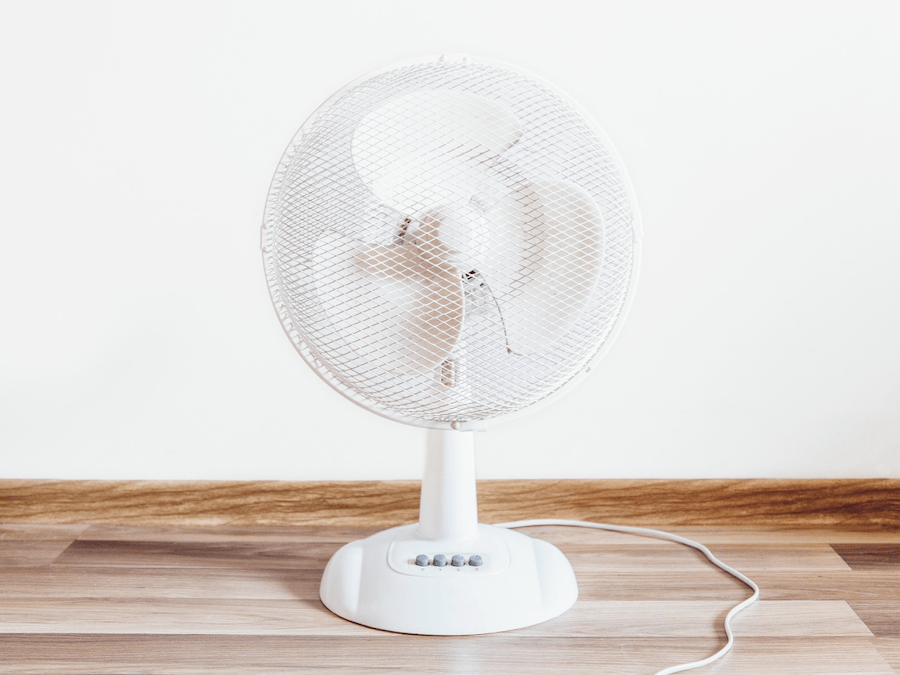The most comfortable indoor relative humidity level is between 30% and 50%, and should never be above 60%.
The humidity levels in your home can make or break your comfort. If the relative humidity in your home is too low, you’ll feel dry and itchy. If it’s too high, you may experience respiratory problems and mold growth.
If you are looking for residential humidity control tips, this short and simple guide is for you.
1. Use a Dehumidifier
Dehumidifiers are great for reducing the moisture in your home and ensuring that it stays within a comfortable range.
They also help prevent mold growth and other damage caused by excess humidity. There are many types of dehumidifiers on the market, so choose one that suits your needs.
2. Ventilate Your Home
The best way to control humidity is by keeping your home well-ventilated.
Open doors and windows at least twice daily, preferably in the morning and evening, to let in fresh air. You can also invest in an exhaust fan to remove stale air from your home when there’s no need for ventilation.
This will help keep relative humidity levels low.
3. Use the Air Conditioning
When you need to cool your home, use air conditioning. The air conditioner will automatically lower humidity levels by removing moisture from the air.
Make sure your air conditioner is in good working order by having it checked at least once a year by a professional. If you’re looking for an air conditioning repair service, click here.
4. Use Moisture-Absorbing Materials
You can buy these items at most hardware stores. Place them around your house to soak up water vapor and prevent it from condensing on cold surfaces.
You can also place a moisture-absorbing material in the air conditioning vents when it’s not in use. This will help prevent excess moisture from being blown into your home.
5. Get Plants
Plants are a great way to keep moisture levels down inside your home and improve your indoor air quality.
You can get plants that need a little water and a little sunlight. This will help ensure your home stays cool without having to use energy or additional equipment.
Make sure you get plants that are compatible with your home’s environment.
6. Keep Your Home Clean
A clean home is a healthy home, and it will also help keep moisture levels down.
Sweep, vacuum, and mop your floors regularly to prevent dust from building up inside your home. Clean up spills as soon as possible so they don’t sit for too long and create mold or mildew.
When you clean, make sure you use a clean cloth or rag. You don’t want to spread bacteria from one surface to another.
Humidity Control Is Easier Than You Think
Humidity control is an essential part of maintaining a comfortable home environment.
If you are experiencing issues with humidity, it’s important to get it under control as soon as possible. The longer you wait, the harder it will be to fix.
Don’t forget to browse our site for advice on real estate, homes, finance, and more.

